Religion
In this section religions, religious belief and many elements of religiosity are explored and discussed. Early pagan beliefs in Britain and Ireland to the worship of gods across Europe are explored as are the religious changes that monotheism introduced. How religion affects themes of power, individuality and architecture are debated as are key historical movements such as the Reformation and the crusades.
Sort by:
Date (Newest first) | Title A-Z
Show:
All |
Articles |
Podcasts |
Multipage Articles
-
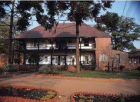
My Favourite History Place: Mandala House
ArticleClick to view -

My Favourite History Place: Sawley Abbey
ArticleClick to view -

My Favourite History Place: St James Church, Gerrards Cross
ArticleClick to view -

My Favourite History Place: The Chantry Chapel of St Mary on Wakefield Bridge
ArticleClick to view -

Out and About in Cairo
ArticleClick to view -

Out and About in Paestum
ArticleClick to view -

Out and About in Ryedale
ArticleClick to view -

Out and About: Tynemouth Priory
ArticleClick to view -
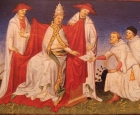
Papal Election and Murder
ArticleClick to view -
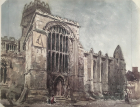
Petit’s impact on our understanding of Victorian life and culture
ArticleClick to view -
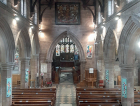
Philip Larkin: appreciating parish churches
ArticleClick to view -
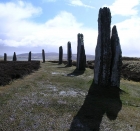
Prehistoric Scotland
ArticleClick to view -

Protestantism and art in early modern England
ArticleClick to view -

Puritan attitudes towards plays and pleasure in the Age of Shakespeare
ArticleClick to view -
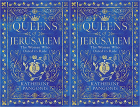
Queens of Jerusalem: The Women Who Dared to Rule
ArticleClick to view -

Real Lives: Tahereh (Tāhirih)
ArticleClick to view -
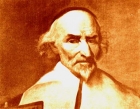
Regional Aspects of the Scottish Reformation
ArticleClick to view -
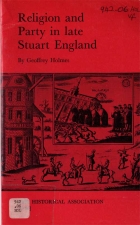
Religion and Party in Late Stuart England
ArticleClick to view -
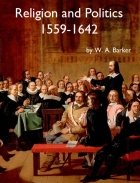
Religion and Politics 1559-1642
ArticleClick to view -

Religion and Science in the Eighteenth Century
ArticleClick to view

